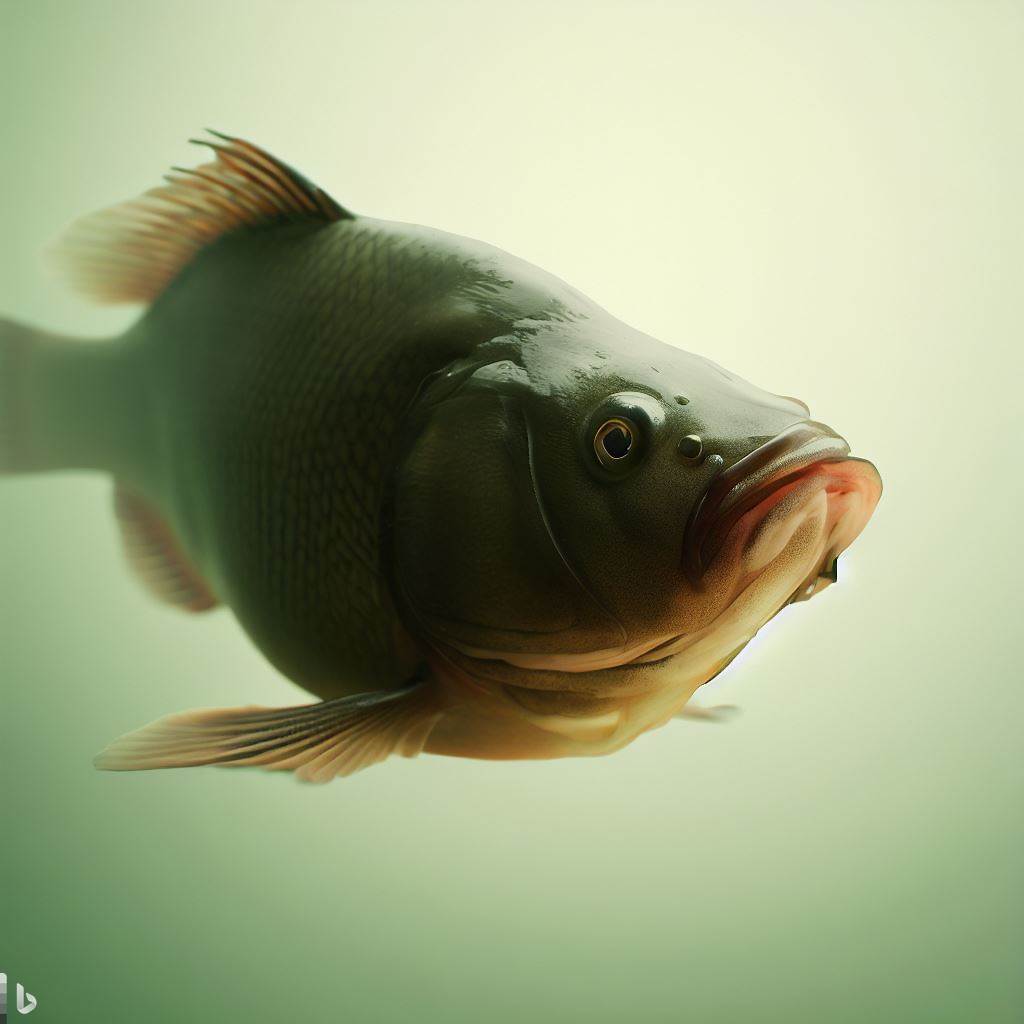Tench

Although the tench was initially classified in the subfamily Leuciscinae alongside other Eurasian minnows, recent phylogenetic studies have revealed its rightful place in a separate family called Tincidae. This updated classification sheds light on the distinctiveness of the tench and its evolutionary journey within the diverse world of fish.
Ecological Preferences
The tench demonstrates a strong affinity for still waters characterized by a clay or muddy substrate and abundant vegetation. This adaptable species, however, is rarely found in clear waters with stony substrate and is completely absent from fast-flowing streams. What sets the tench apart is its remarkable ability to tolerate low oxygen concentrations, even surpassing the survival capabilities of the carp, making it a true survivor in challenging aquatic environments.
Feeding Habits and Reproduction
Primarily nocturnal feeders, tench display a particular fondness for animal-based sustenance, with chironomids being a preferred choice in eutrophic waters. In well-vegetated habitats, they also consume snails and pea clams, demonstrating their adaptability and versatility in seeking out diverse food sources. Breeding for tench takes place during the summer months in shallow waters adorned with aquatic plants, providing an ideal environment for the deposition of sticky green eggs. Remarkably, a single tench can produce up to 300,000 eggs during the spawning season, contributing to the species' population growth.
Morphological Features
The tench possesses a stocky and carp-like physique, adorned with olive-green skin that darkens on the upper side and transitions to a golden hue underneath. Notably, the tail fin assumes a square shape, while the other fins exhibit a distinct roundness. With a narrow mouth and tiny barbels at each corner, the tench showcases its intricate anatomical details. While its average size ranges around 70 cm, it's important to note that most specimens are considerably smaller. However, exceptional cases have been recorded, such as a fish weighing 15 lb 3 oz (6.89 kg) caught in England in 2001.
Unique Characteristics and Folklore
The tench's distinctive features extend beyond its appearance and behavior. Its eyes, small in size, emanate a captivating red-orange coloration. Furthermore, the tench possesses a thin, flattened outer ray on its ventral fins, a characteristic primarily found in males. Fascinatingly, folklore surrounds the tench, suggesting that its slimy skin possesses healing properties, earning it the nickname "doctor fish." According to the lore, sick fish that come into contact with the tench's slime experience miraculous recoveries.
Golden Tench
Among the various tench varieties, the golden tench has garnered significant popularity as an ornamental fish for ponds. With its stunning range of colors, spanning from pale gold to dark red, and occasional black or red spots on the flanks and fins, the golden tench stands out as a visually captivating addition to any aquatic environment. Although superficially resembling the goldfish, the golden tench possesses distinct qualities owing to its tiny scales, setting it apart from its counterparts.
Economic Significance and Recreational Pursuits
While the tench is considered edible and historically featured in culinary recipes akin to carp, its consumption has declined in modern times. Instead, tench have become highly sought-after among anglers engaged in coarse fishing in rivers, lakes, and canals. The tench's reputation as a robust fighter when caught on a fishing rod adds to the allure of this species. Moreover, due to their bottom-feeding nature, tench, particularly the golden variety, are frequently introduced into ponds to help maintain cleanliness and promote a healthy aquatic ecosystem.
Angling Techniques and Strategies
Angling for tench requires strategic approaches tailored to their preferred habitats. Gravel pits and deep, slow-moving waters with clayey or silty bottoms, along with abundant aquatic vegetation, are prime locations for targeting large tench. Effective techniques include float fishing and ledgering with a swim feeder, employing an array of enticing bait options such as maggots, sweetcorn, pellets, bread, and worms. Anglers seeking to engage with tench weighing over 1 kg (2 lb) should be prepared for vigorous fights and an exhilarating angling experience.


